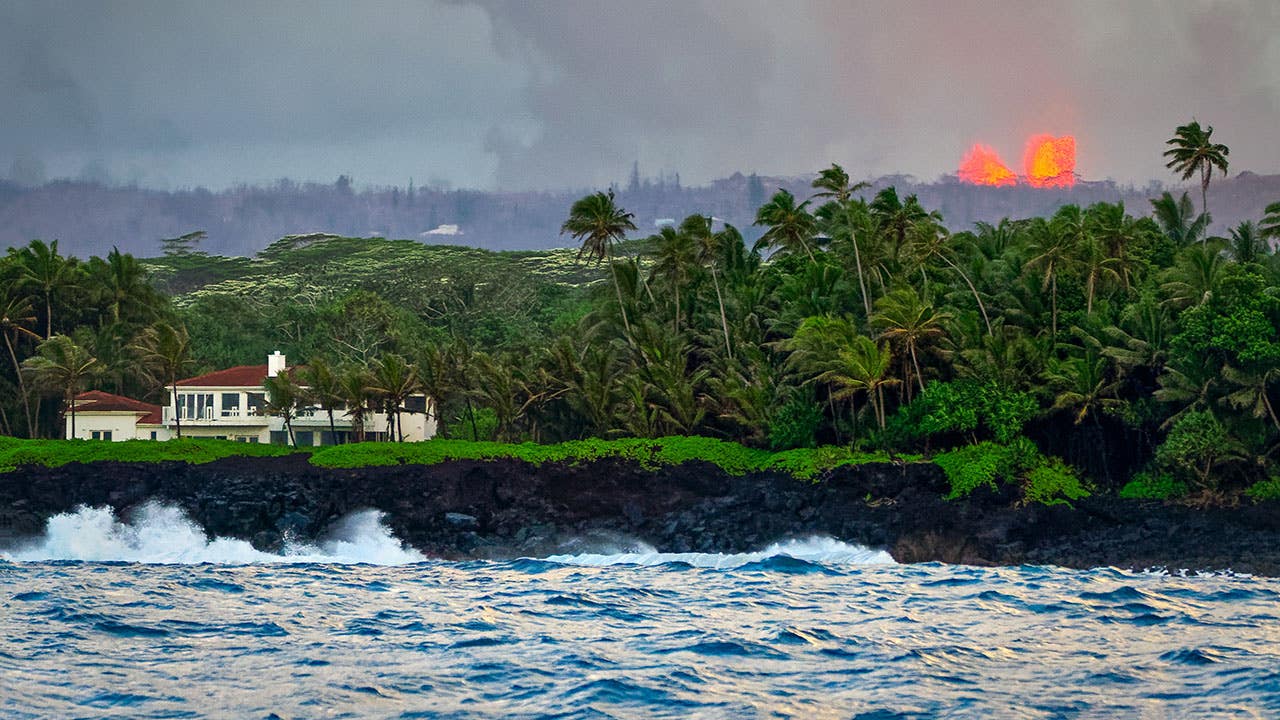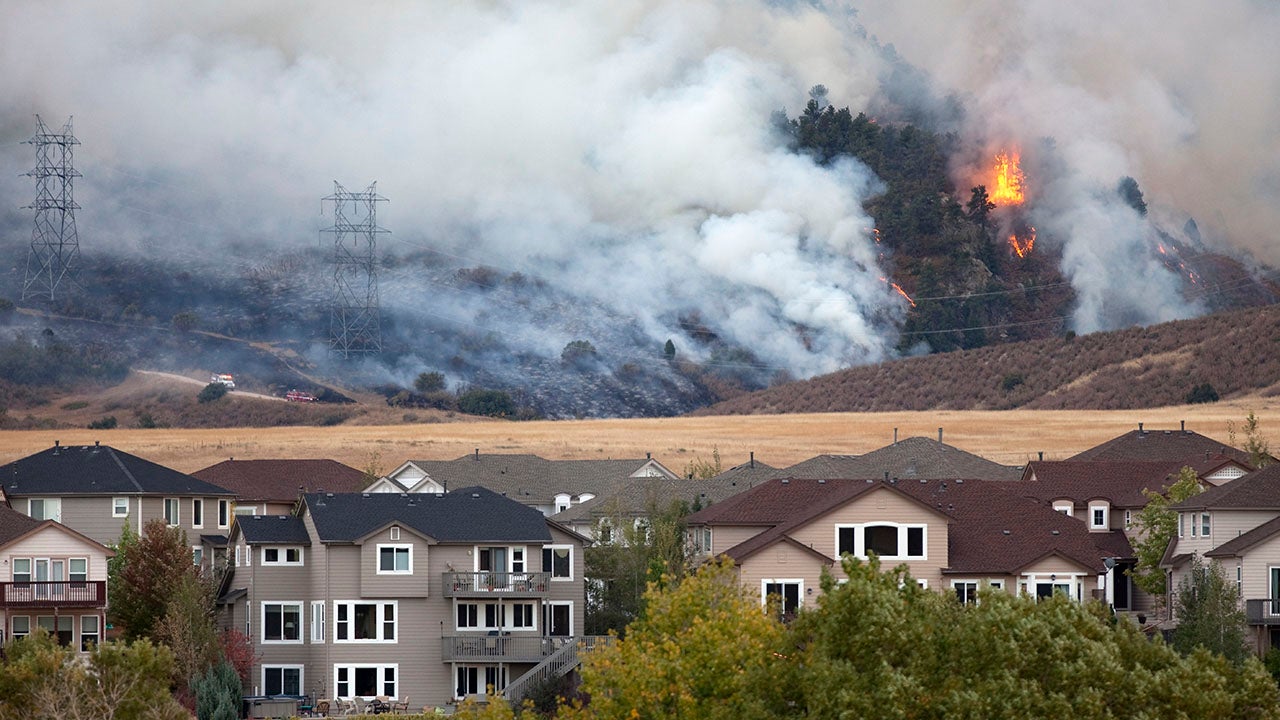Does homeowners insurance cover volcanic eruptions?

Your home insurance policy likely includes financial protection against volcano damage. Usually, this includes coverage not just from lava flow, but also from ash, fires and airborne shock waves. Insurance can help rebuild your home, replace your personal belongings and reimburse you for hotel fees if you’re displaced from your home. That said, home insurance doesn’t cover every kind of damage a volcano can cause.
Does a homeowners insurance policy cover volcanic eruptions?
Volcano damage is considered a covered peril in most home insurance policies. Meaning, if your house is damaged because of a volcanic eruption, your home insurance policy can help with the repair costs.
Volcanic eruptions entail more than just lava flow. Here are the different types of volcano damage that your home insurance can help you recover from:
- Airborne shock waves: When a volcano erupts, it can send a blast through the air. If a shock wave damages or hurls a piece of debris into your home, the repairs are covered by your home insurance policy.
- Lava flow: Damage from liquid lava is likely included in your policy. However, hardened lava is not covered.
- Fire: If a volcanic explosion sparks a fire and your home is damaged, your home insurance should cover you.
- Dust and ash: Home insurance can help with sudden ash and dust buildup on your home’s physical structure and your personal property. But, if you’re in a state more prone to volcanic activity, like Alaska or Hawaii, you may have limited coverage for ash and dust.
Home insurance goes beyond just fixing your house and replacing your couch. If your home is seriously damaged by a volcano to the point that it’s not safe to live in, the additional living expenses arm of your policy can help. Also called Coverage D or loss of use, this part of your home insurance policy can help with extra expenses you may take on if you can’t be in your home like hotel fees, restaurant bills and laundry expenses.
The term “volcano insurance” is misleading. Most home insurance policies include financial protection from volcanic activity, so you don’t need to go out and purchase a separate policy.
States most at risk for volcanic eruption
The U.S. Geological Survey (USGS) claims there are about 170 young volcanoes throughout the country. Around half of those volcanoes are considered high-risk because of their proximity to homes and communities. According to their research, the following states are at risk from either a “high priority,” “highest priority” or both types:
| State | Highest priority volcanoes | High priority volcanoes |
|---|---|---|
| Alaska | 5 | 30 |
| California | 3 | 4 |
| Hawaii | 2 | 1 |
| Oregon | 4 | 0 |
| Washington | 4 | 1 |
| Wyoming | 0 | 1 |
Living in close proximity to an active volcano could increase your home insurance costs. Home insurance is, largely, a calculation of risk — if your insurance company sees your home as high-risk, you’ll likely pay a higher premium. However, proximity to an active volcano is just one of the factors that affect home insurance costs.
What volcanic eruption damage is not covered by a homeowner policy?
Once a volcano erupts, it can trigger several natural events that are listed under the homeowners insurance exclusions portion of your policy. Some of the volcanic hazards generally not covered by insurance are:
- Earthquakes: Seismic activity isn’t covered by home insurance. For that, you’d need earthquake insurance.
- Flash floods: Floods are almost always excluded from home insurance policies. But, you can purchase flood insurance through the National Flood Insurance Program (NFIP) or a private provider.
- Tsunamis: Like flash floods, tsunami damage won’t be covered by home insurance.
- Volcanic effusion: Volcanic effusion is a combination of volcanic water and mud that can affect your home’s foundation. It may covered by a flood insurance policy. but not standard home insurance.
- Landslides: Ground movement, including landslides, are excluded from home insurance coverage.
- Gradual losses: Home insurance is for sudden, accidental damage — not things that build up over time. Your home insurance policy likely won’t pay to remove longtime lava buildup, for instance.
What to do after a volcanic eruption
Your home insurance company will likely cover you for volcanic eruptions. But, to get your claim approved, you’ll need to follow a few steps.
- Only return when it’s safe: The weight of ash can collapse dwellings and other structures and cause water to back up onto the property and into the home. Don’t enter your home if it looks structurally unstable, and consider contacting a professional or your local authorities to give you the all-clear. When cleaning up after a volcanic eruption, the U.S. Department of the Interior recommends wearing thick gloves, a face mask, working when other safety crews are present and maintaining proper ventilation.
- Take photos and videos: Thoroughly documenting the damage is a crucial step in filing a home insurance claim. Take photos, videos and gather as much evidence as you can to show your home insurance company. If you made a home inventory, this would be a good time to consult it.
- File your claim: Follow your insurance company’s claims filing process. Many of the largest home insurance companies allow you to do this online or via a mobile app. Depending on the extent of the damage, your insurance company may send an adjuster to further assess the damage.
- Follow your duties after loss: You may be responsible for making minor repairs to prevent further damage — if you don’t, you could get your claim denied. For instance, you may need to board up a broken window. Read your home insurance policy for the phrase “duties after loss” to see what you, as the policyholder, are responsible for doing after your home is damaged. If you spend money on any materials, your home insurance company should reimburse you.
Frequently asked questions
You may also like

Does homeowners insurance cover termites?

Does homeowners insurance cover trampolines?

Does homeowners insurance cover tsunami damage?

Does homeowners insurance cover wildfire damage?


